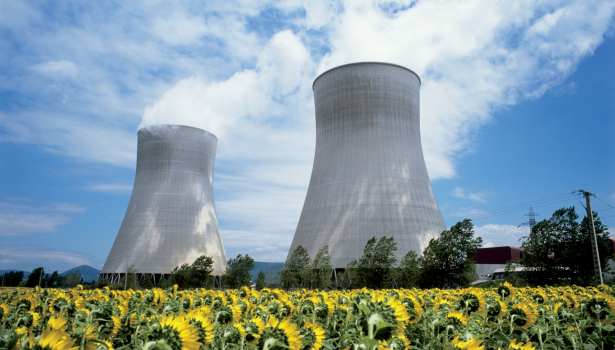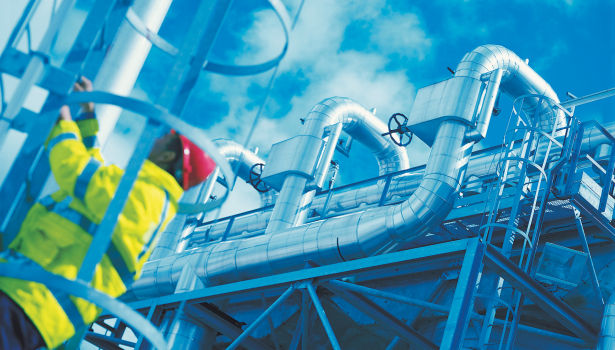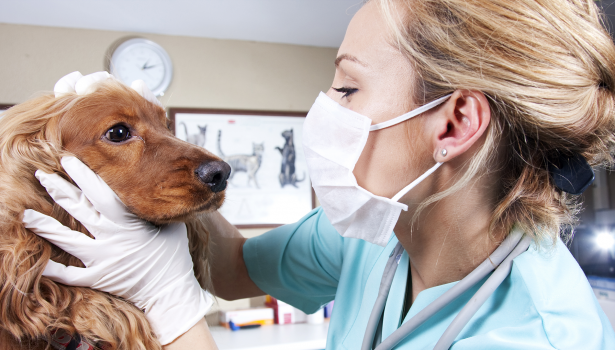

LANDAUER® provides a range of dosimetry services to meet the specific needs of all the areas of the health sector:
LANDAUER provides a range of dosimetry services to meet the specific needs of all the areas of the nuclear sector:


Many areas of industry use radiation sources:
Given the range of applications, we offer our expertise to advise you on the appropriate dosimetric monitoring. The nature of the radiation source, the isotope, the activity and the state are important parameters.
This area covers research activities in pharmaceutical laboratories, universities, research organisations (for ex. INSERM, CNRS, INRA). The radiation sources used can emit different types of radiation (X, gamma, beta and neutron) and a workstation study is often required to define the appropriate dosimetric monitoring.
LANDAUER guides you through this process.


The French Labour Code requires the implementation of monitoring of workers’ exposure to ionizing radiation, both employed and freelance, through the use of personal dosimeters whenever they are likely to be exposed.
Dental radiology and veterinary radiology are subject to the same radiation protection requirements as other radiology procedures:
In 2016, more than 50,000 workers have been monitored for dental activities. More than 200 among them have received doses higher than 1 mSv.
As for veterinary activities, 36 out of 20,000 workers received doses higher than 1 mSv in the same year.
The percentage of workers exposed to doses higher than 1 mSv, although low, shows however that abnormal exposure cannot be excluded. The dosimeter offers guarantees to employers and employees while providing them with peace of mind, thus enabling them to work in a safe environment.
Our DOSIBOX® pack makes mandatory monitoring easier while saving time. It combines personal monitoring for you and your team, ambient dosimetry and control dosimetry in accordance with the requirements of existing standards and regulations.
The monitoring can be complemented by ring and lens dosimetric monitoring, including in veterinary radiology. It is indeed often necessary to hold the animal during scanning. The proximity of the X-ray generator highly increases exposure, the fingers sometimes directly placed in the beam.
The following activities can also require the use of a dosimeter: